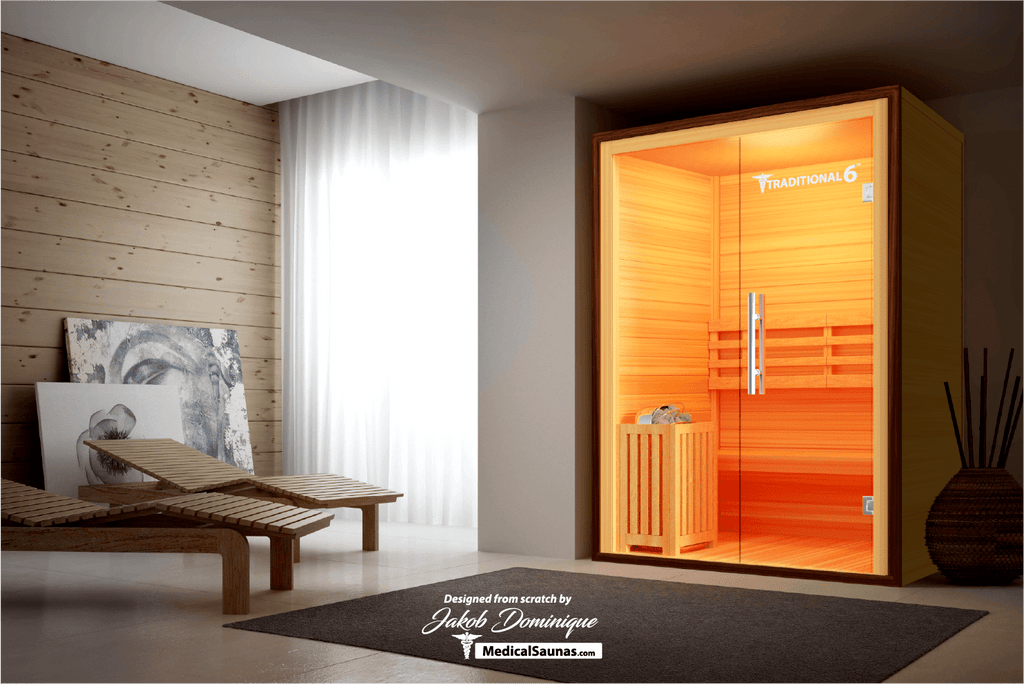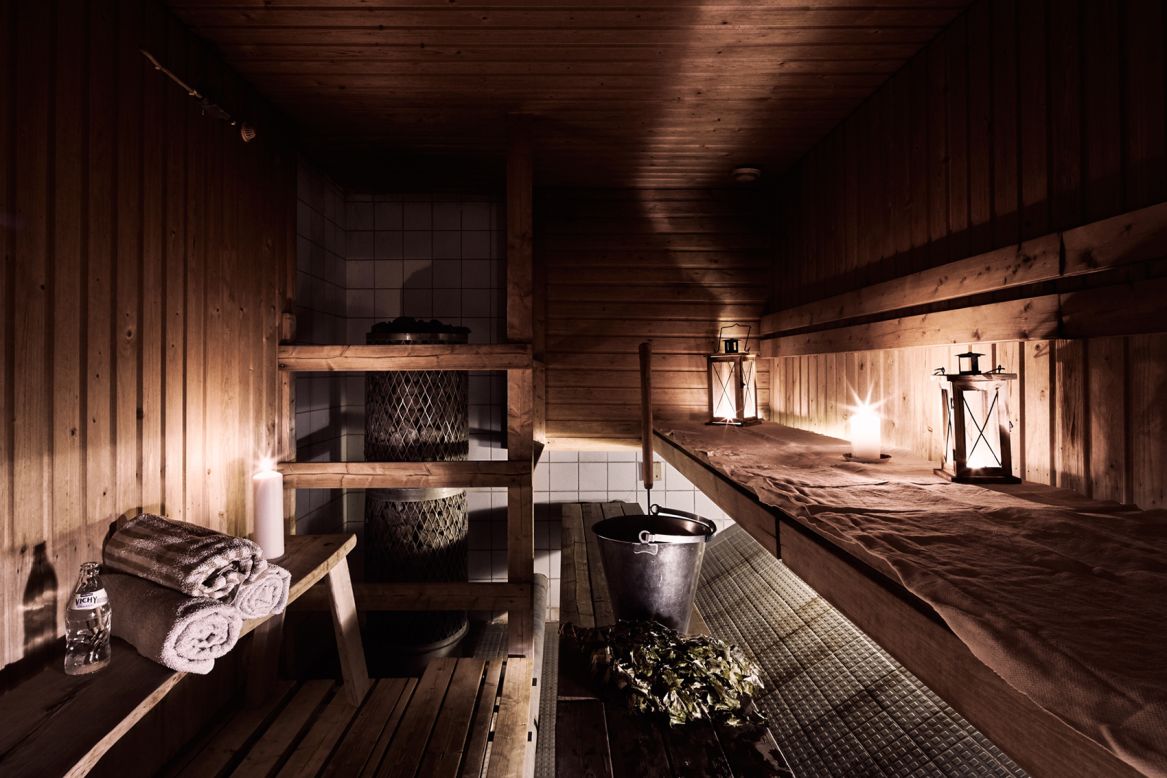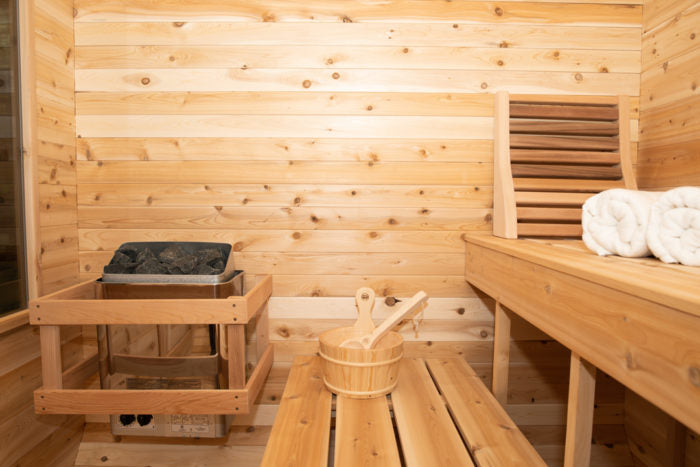Not known Facts About Traditional Sauna
Not known Facts About Traditional Sauna
Blog Article
Some Ideas on Traditional Sauna You Should Know
Table of ContentsThe Only Guide for Traditional SaunaWhat Does Traditional Sauna Do?Excitement About Traditional SaunaGetting The Traditional Sauna To WorkHow Traditional Sauna can Save You Time, Stress, and Money.
Most of the weight lost in a sauna is water loss and is re-gained upon rehydrating. Nonetheless, undeniably sauna can be an essential component of a healthy and balanced weight loss program. To take a look at the differences between conventional and IR saunas, I will divide these right into proven, theoretical, and made differences.Thus, the best point in the saunawhich goes to the ceiling directly over the sauna heateris normally between 185 and 190 F. Claims that a standard sauna goes beyond 200 F is just not real and not applicable for electric saunas offered in the US. The temperature level for a far-infrared sauna is generally set in between 120 and 140 F; however, unlike the typical sauna, the objective in and IR space is not to achieve a heat.
Due to this, the temperature level distinction is almost unimportant, considering that excessive sweating causes both sauna types, yet the approach of heating up the body is various. In an IR sauna the bather will really feel warm and will sweat profusely, yet at much lower temperature levels (Traditional Sauna). Thus, if the goal is to spend longer amount of times in the sauna, the IR sauna is a great choice
When a traditional sauna has actually been appropriately heated, the sauna walls are cozy, the air temperature has actually achieved set temperature and the rocks are super heated. As an interesting side note, the warmed wall surfaces and the rocks are discharging far-infrared warm, integrated with the warmed air, to produce an "covering warm".
Unknown Facts About Traditional Sauna

When the heat is accomplished, the components cycle on and off to keep the heat. A lot of standard sauna customers take pleasure in putting water over the rocks to create heavy steam to raise sauna moisture degrees. The benefits of pouring water over the rocks consist of: making the area much more comfy, dampening the nasal flows, and enabling the usage of aromatherapy by mixing vital oils with the water.

When the power gets in the body, it triggers the body temperature to raise and inevitably causes sweat. In an infrared sauna it is very important for the emitters/heaters to stay on practically frequently. Because there is no mass of rocks to retain warm, the sauna will cool down if the emitters shut down.
As mentioned above, the sauna bather in an infrared space intends to place himself before operating emitters to get maximum benefit from the heat. The heating time for the 2 spaces can be very various, relying on how the spaces are made use of. For a conventional sauna, a bather ought to allow 30-40 minutes article for the area to attain a wanted temperature level and to correctly pre-heat the rocks.
Some Ideas on Traditional Sauna You Need To Know
A well constructed sauna will usually accomplish a temperature level of 150-160 F in concerning 30-40 mins. For hotter temperatures, the room may need to warmth for a longer period.

Conventional saunas have a tendency to be larger (hence make use of more electrical energy) than infrared saunas, although conventional saunas are certainly available in one and 2 individual dimensions also. For a two-person conventional sauna, 5x6 or 5x7 dimension is most popular. The top bench can conveniently seat two or three people and is also enough time to relax during the sauna session.
Traditional Sauna for Dummies
The average cost per kWH of electrical energy in the united state is roughly $0.11, so a 4.5 kW heating system will certainly cost about $.50 to compete one hour, if the heater runs continually for one hour. Typically a sauna heating system will compete 75% of the very first hour and 50% of subsequent hours on since the components cycle once the established temperature is attained.

Ultimately, there is a hardly ever reviewed distinction in the social Home Page experience between both spaces. While our society has lost some of the social benefit of the conventional sauna experience, it can be very socially satisfying (Traditional Sauna). From household time in the sauna, to heart-felt conversations with better halves, to sauna partiesthe conventional sauna experience can bring about intimate interacting socially
Some Known Incorrect Statements About Traditional Sauna
Most higher end infrared areas include tinted light therapy, audio systems and full-glass fronts.
Report this page